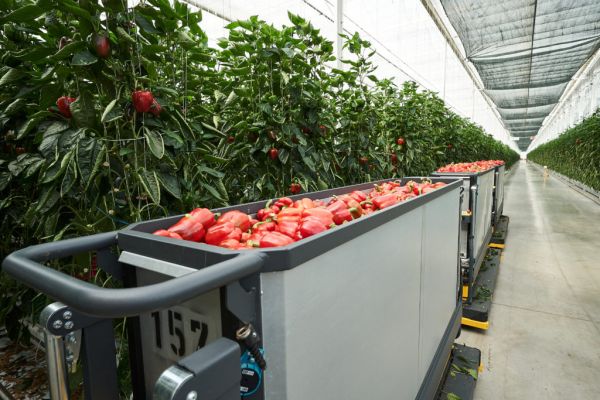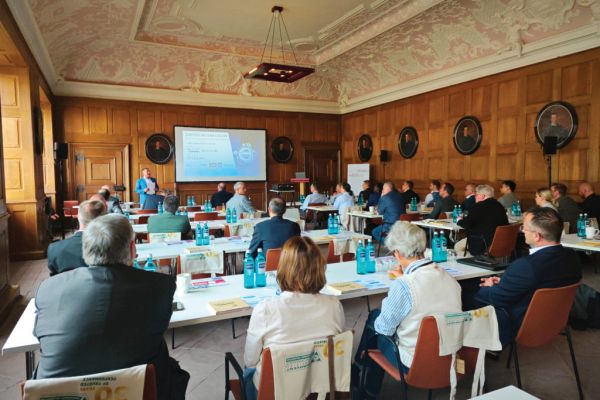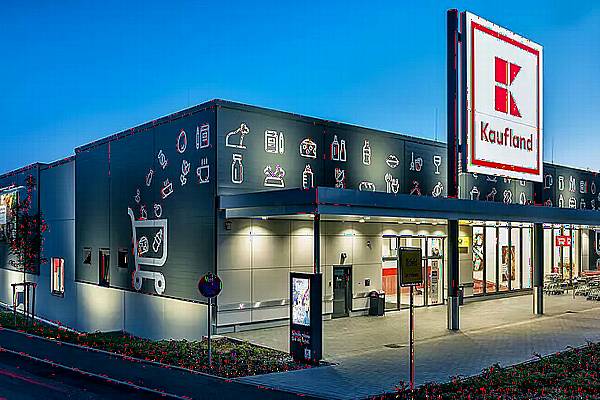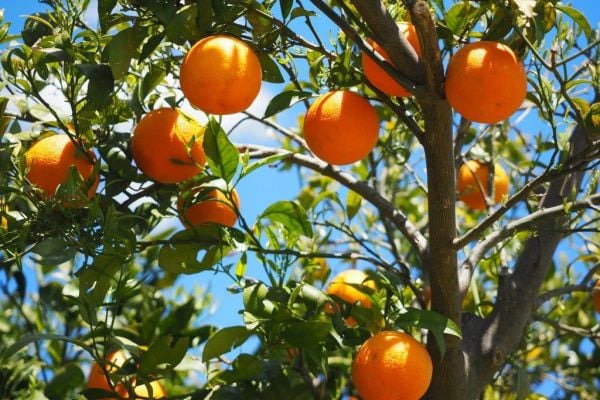Retailer Kaufland has opened what it claims to be one of the 'most modern and sustainable' greenhouses in Germany.
The chain, which is part of Schwarz Group, said that it is looking to focus on more locally-grown produce due to heightened supply chain issues.
Kaufland Greenhouse
In the new Kaufland greenhouse, which is located in Chiemgau, strawberries, tomatoes, and peppers are grown and harvested all year round on an area the size of 22 football pitches.
Some of the electricity and heat required for this is already being covered almost exclusively by renewable energy, with plans to move to 100% in the near future.
A wide variety of tomatoes, such as vine tomatoes, beefsteak tomatoes, cocktail vine tomatoes, cherry vine tomatoes and mini Roma vine tomatoes will be grown and harvested for Kaufland throughout the year.
Commenting on the new facility, Stefan Lukes, managing director in charge of purchasing fruit and vegetables at Kaufland, said, "With the greenhouse, we can also offer tomatoes, peppers, and strawberries from Germany with a particularly aromatic taste and maximum freshness in our branches during the winter months.
"By growing in Germany, we save time and distance, which has a very positive effect on the freshness. The vegetables get from the field to our stores much faster, it usually takes less than 24 hours."
On peak days, up to 30 tonnes of tomatoes, 15 tonnes of peppers, and up to six tons of strawberries are harvested and delivered fresh to Kaufland branches throughout Germany within a few hours due to short transport routes.
Read More: Kaufland Commits To Local Sourcing For Own Brand Milk
Renewable Energy
A photovoltaic system on the roof provides renewable energy to the facility, while rainwater is collected in an almost 50,000-cubic-metre outdoor pool next to the greenhouse, to water the plants therein.
In the vicinity, there are around 30 hectares of flowering areas as a habitat and retreat for insects, birds, and small animals.
This area also acts as a natural CO2 store, the retailer added.
© 2022 European Supermarket Magazine – your source for the latest supply chain news. Article by Conor Farrelly. Click subscribe to sign up to ESM: European Supermarket Magazine.














